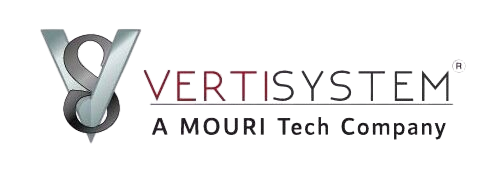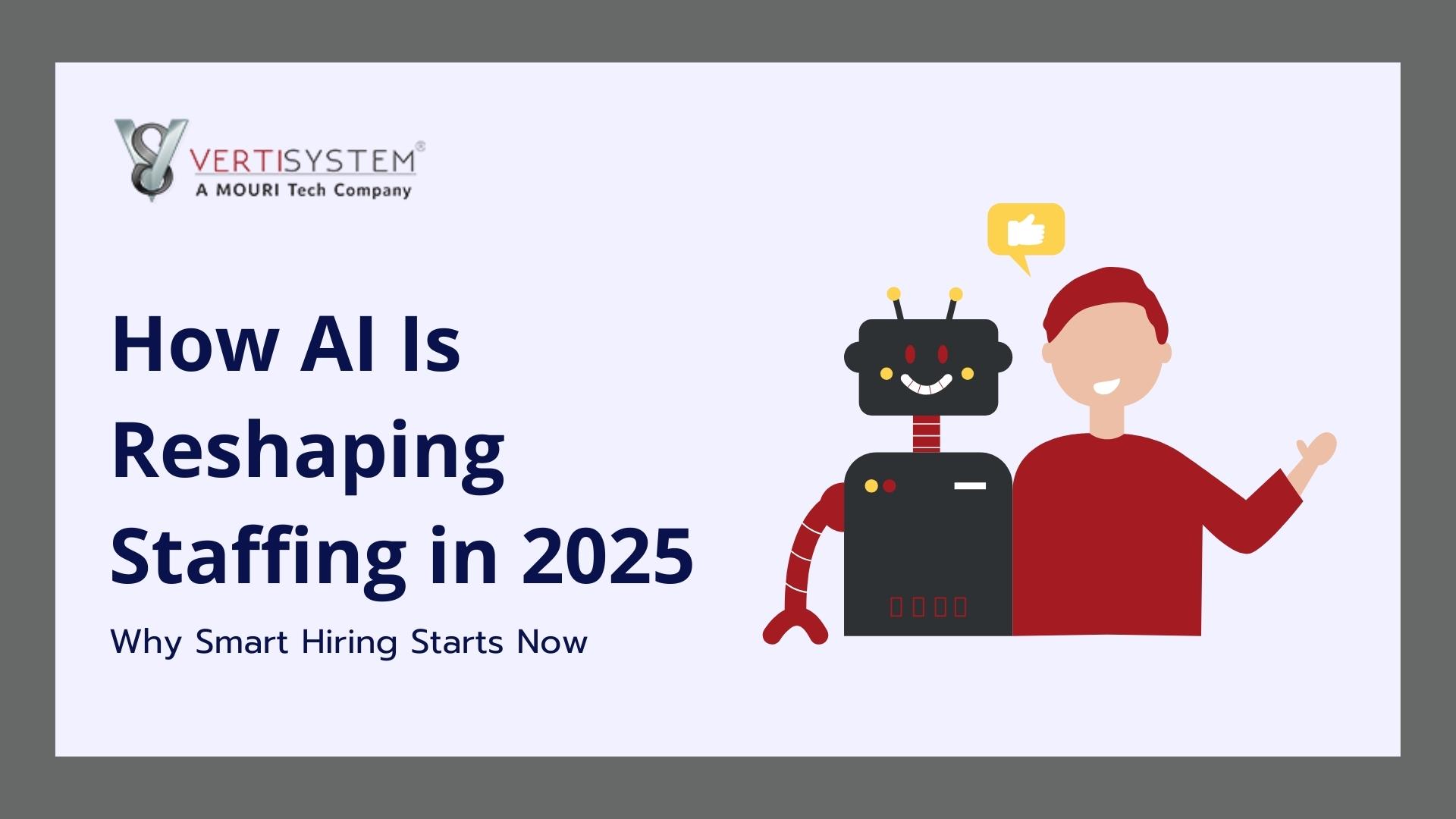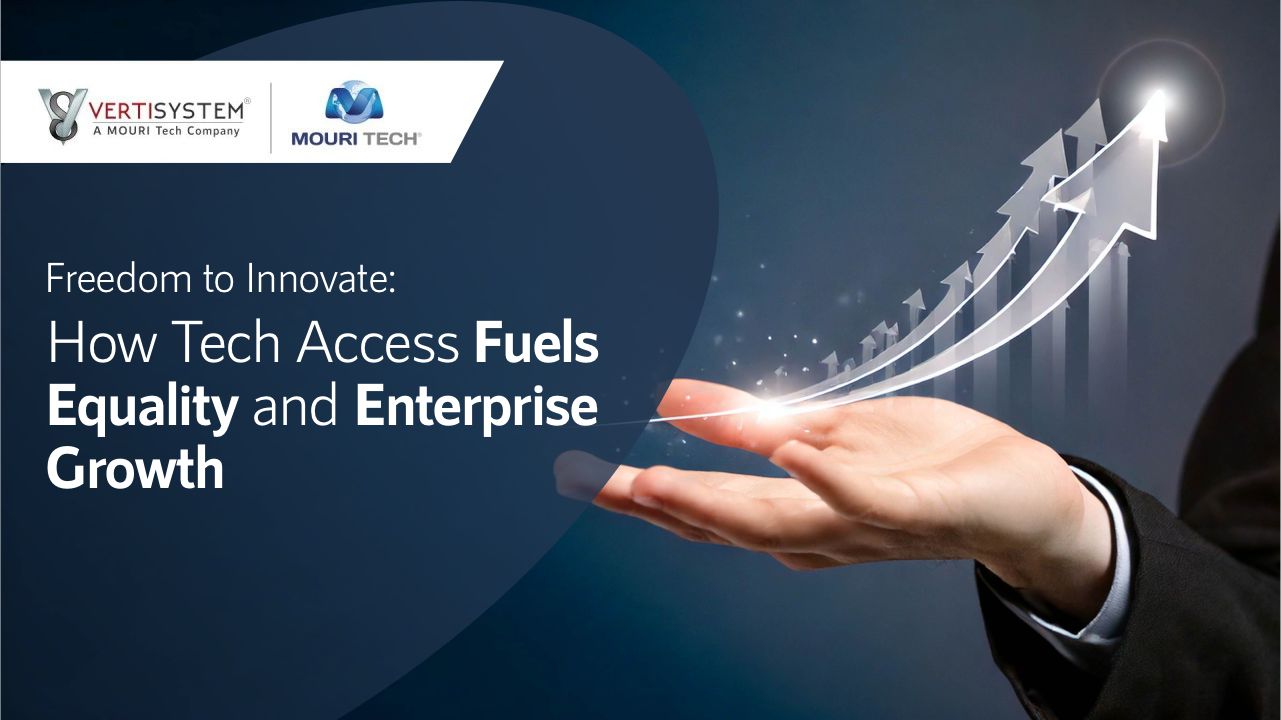Hiring has never been more complex — or more critical. The pressure to find qualified talent faster, cheaper, and without bias has pushed HR leaders to look beyond the old playbooks.
Enter AI.
In 2024 alone, 87% of organizations adopted some form of AI in their recruitment workflows — from automated resume screening to predictive analytics and chatbot interviews. The global AI recruitment market is forecasted to reach $1.13 billion by 2033, driven by the need for scalable, data-informed hiring processes.
The results? Faster decisions, better candidates, and reduced overhead. Companies report:
- A 70% reduction in time-to-hire
- A 24% improvement in candidate quality
- Up to 30% savings in hiring costs
Yet, as powerful as these tools are, they raise new questions about fairness, transparency, and the enduring role of human judgment. In this article, we explore how AI is transforming staffing — and what smart leaders need to know to stay ahead.
The New Hiring Frontier
Staffing in 2025 looks a lot different than it did even a year ago. Recruiters are no longer drowning in resumes or struggling to coordinate interview schedules manually. AI now supports many of the heavy-lift tasks in talent acquisition — freeing up teams to focus on strategy and culture fit.
This shift isn’t just about automation — it’s about optimization. Today’s leading employers use AI to:
- Find hidden talent through talent rediscovery tools
- Match resumes to roles with high accuracy using machine learning
- Engage candidates instantly via AI chatbots
- Predict job success using behavioral analytics and past hiring data
And it’s not just tech giants making these moves. Mid-market firms and staffing agencies are investing heavily in platforms that promise not just efficiency — but better hiring outcomes.
Where AI Makes the Biggest Impact
Here’s where AI is making real-world hiring smarter:
1. Resume Screening
AI-powered applicant tracking systems (ATS) now scan and rank thousands of resumes in minutes. This removes guesswork and helps recruiters focus on top-fit profiles faster.
2. Smart Job Ads
Programmatic advertising uses AI to place job listings where top candidates are most likely to see them — whether on niche sites, mobile apps, or even TikTok.
3. Chatbots That Do More Than Chat
AI recruiting assistants like Mya or Olivia engage candidates in real-time, answer questions, pre-qualify applicants, and even schedule interviews — all before a human recruiter steps in.
4. Video Interview Analysis
AI tools are starting to analyze not just what candidates say — but how they say it. From voice modulation to facial expressions, these systems add a new dimension to remote interviews.
5. Internal Talent Mobility
Smart platforms can now suggest current employees for open roles — helping companies retain talent and reduce hiring costs.
The ROI: Beyond Speed
Sure, AI makes things faster. But the real power lies in outcomes:
| Metric | Traditional Hiring | With AI |
| Time to Hire | 6–8 weeks | 2–3 weeks |
| Cost per Hire | $4,700 avg | ↓ by 20–30% |
| Candidate Quality | Subjective | Predictive |
| Interview No-Shows | 25% avg | ↓ with AI follow-ups |
Companies are also seeing improvements in diversity hiring, thanks to tools that strip identifying details from resumes or flag biased language in job descriptions. When applied thoughtfully, AI can promote more equitable hiring — not just faster hiring.
Red Flags to Watch For
Not everything about AI in staffing is a win. Some of the biggest concerns facing employers include:
- Bias in the Algorithm: If AI is trained on biased data, it can replicate — or even amplify — those biases.
- Opaque Decision-Making: Many AI systems operate as black boxes, making it hard to explain why a candidate was rejected.
- Privacy and Compliance: Regulations like GDPR and local laws (e.g. New York City’s AI audit law) are tightening. Non-compliance could lead to legal and reputational risks.
The takeaway? AI should enhance, not replace, human oversight. Staffing teams need to pair smart tools with smart governance.
What’s Next: The AI Recruiter Era
Looking ahead, the most forward-thinking organizations aren’t just adding AI — they’re building AI-first hiring cultures. That means:
- Giving recruiters AI copilots to guide every step of the process
- Using real-time labor market intelligence to adjust sourcing strategies
- Building talent pipelines before roles even open
In the next 2–3 years, we’ll likely see the rise of AI “recruiters” who can handle 80% of sourcing and screening — with humans making the final call.
This transition won’t be seamless — and it won’t be the same for every company.
That’s where Vertisystem comes in.
As a technology-driven staffing partner, Vertisystem helps companies not only adopt AI — but operationalize it across their talent strategies. From integrating intelligent sourcing tools to building custom AI workflows for candidate engagement, we enable hiring teams to scale smarter, faster, and with confidence. Our approach is built on three pillars:
- Strategic AI Advisory: Tailored implementation plans to align AI tools with your hiring goals
- Talent Tech Ecosystem: Access to pre-integrated platforms for automation, scoring, and analytics
- People-First Execution: Blending AI precision with human intuition to ensure quality and compliance
At its best, AI doesn’t take over hiring — it enhances it. It provides sharper insights, faster tools, and more time for recruiters to do what they excel at: connecting with people.
The question for 2025 isn’t whether to use AI in staffing. It’s how effectively you use it — and how prepared your organization is for a smarter, fairer, and faster hiring future.
Vertisystem is here to help you lead that future.
Our commitment goes beyond technology. At Vertisystem, diversity drives innovation. Our DEI initiatives are more than promises; they’re practices embedded in our culture. By celebrating unique perspectives and backgrounds, we foster an inclusive environment where every employee feels valued and empowered.
Employee engagement is equally paramount. We prioritize understanding the needs of our team through regular one-on-one sessions, ensuring that our contingent workers feel heard and supported. This approach not only enhances job satisfaction but also drives better outcomes for our clients.
Get in touch for a hiring innovation consult
Download our whitepaper: Smart Hiring 2025: Playbook for Next-Gen Talent Acquisition



